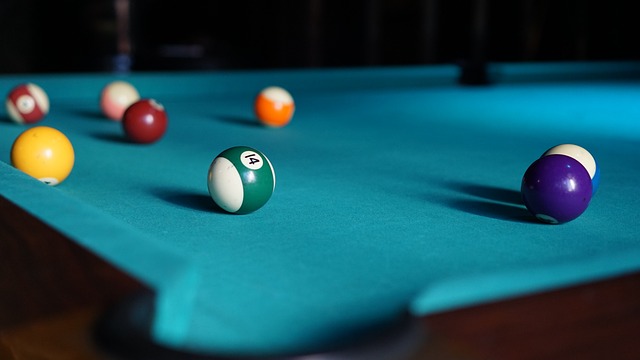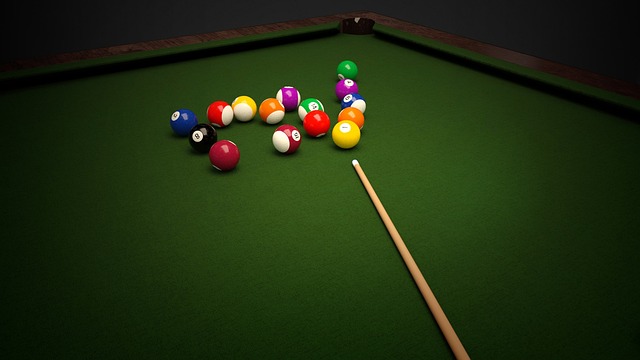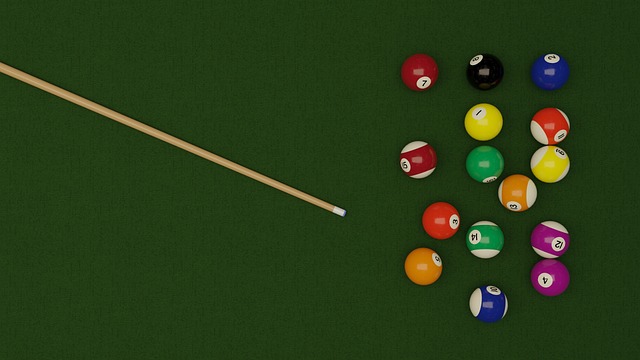The useful life of a pool table varies based on construction quality (up to 20 years with good upkeep), with high-end models lasting longer. Regular maintenance, such as refilling cushions and replacing felt, is crucial. Costly disassembly ($200-$500) may be needed for significant wear or relocation; storage costs (around $25/month for smaller tables) should also be factored in when planning for a pool table's long-term care.
“Uncover the longevity of your pool table! This article guides you through the factors influencing the useful life of these beloved game pieces. From initial setup to signs of wear, we explore what determines a pool table’s lifespan. We also delve into the financial aspect of disassembly and storage, answering questions like: How much does it cost to have a pool table taken apart? Get ready to discover expert tips on maintaining your table and making informed decisions regarding its future.”
- Understanding the Useful Life of a Pool Table
- Factors Affecting Pool Table Lifespan
- Cost Considerations for Disassembly and Storage
Understanding the Useful Life of a Pool Table

Understanding the useful life of a pool table is crucial for anyone considering its purchase or maintenance. Unlike some household items, which may last a decade or so, a well-maintained pool table can easily outlive its owners. The longevity depends on several factors: quality of construction, frequency of use, and care taken in handling and cleaning. Most manufacturers estimate the useful life of a pool table to be around 15-20 years with proper upkeep.
Determining when to replace or refurbish your pool table involves evaluating its condition. Regular maintenance, such as refelling cushions, replacing felt, and lubricating mechanisms, can extend its lifespan. However, if the table shows signs of significant wear and tear, like warped wood, damaged cues, or loose components, it might be time to consider having it taken apart. The cost for this service varies; on average, it can range from $200 to $500, depending on the size and complexity of disassembly.
Factors Affecting Pool Table Lifespan

The useful life of a pool table is influenced by several factors that contribute to its overall durability and longevity. One of the primary considerations is the quality of construction, including the materials used in the frame, cloth, and balls. High-end tables with sturdy frames made from solid wood and robust mechanisms tend to last longer than lower-quality models. Additionally, regular maintenance plays a crucial role; cleaning, re-leveling, and refelling can significantly extend its lifespan.
Another factor affecting pool table lifespan is the environment in which it’s placed. Exposure to extreme temperatures, excessive moisture, or direct sunlight can accelerate deterioration. Furthermore, frequent use and intense play can also take a toll, with heavy balls and powerful shots potentially causing strain on the table’s joints and seams. Lastly, professional installation and periodic re-installation when moved can prevent damage during transportation and ensure the table remains in optimal condition over time, including mitigating costs associated with having it taken apart and reassembled.
Cost Considerations for Disassembly and Storage

When considering the useful life of a pool table, disassembly and storage become significant factors. The cost to take a pool table apart can vary greatly depending on several variables, such as the size and weight of the table, its construction quality, and whether specialized equipment is required. On average, you can expect to pay between $200 to $500 for a professional disassembly service.
Additionally, storage costs should be factored in, especially if you plan to store the table for an extended period. Indoor storage facilities offer climate-controlled environments, preventing damage from moisture or extreme temperatures. These facilities typically charge monthly rates starting from around $25 per month for smaller tables, with larger or heavier tables incurring higher fees.
The useful life of a pool table can vary greatly depending on factors like quality, maintenance, and environmental conditions. On average, a well-cared-for table can last 20-30 years, while heavy use or poor upkeep may reduce this to 10-15 years. Understanding these variables is key to making informed decisions about pool table maintenance and eventual disassembly. If you’re considering having your pool table taken apart for storage, cost considerations can range from hundreds to thousands of dollars, depending on the table’s size and complexity. Regular cleaning, protective covers, and professional servicing play a crucial role in maximizing the lifespan of your pool table and minimizing disassembly costs.
